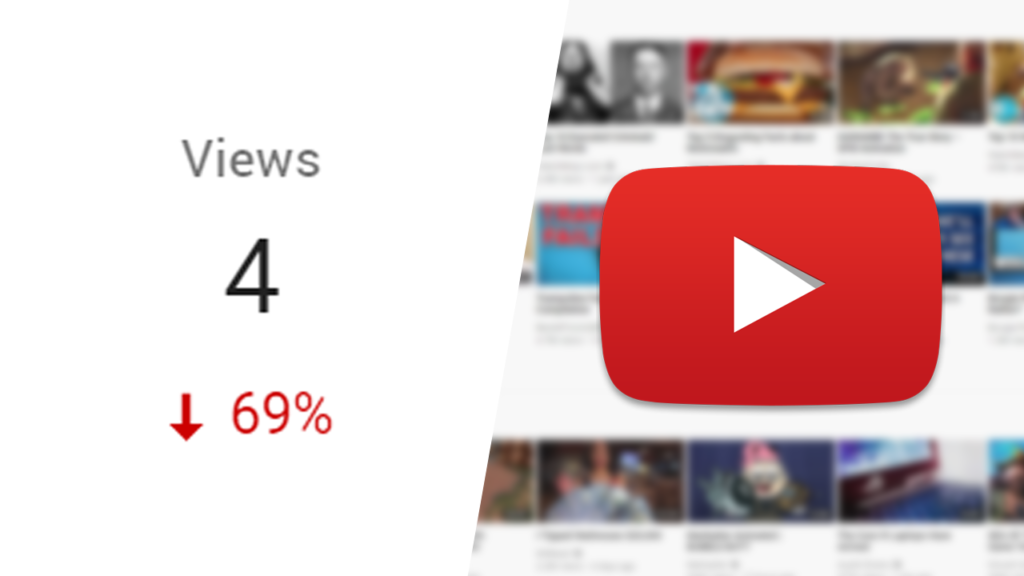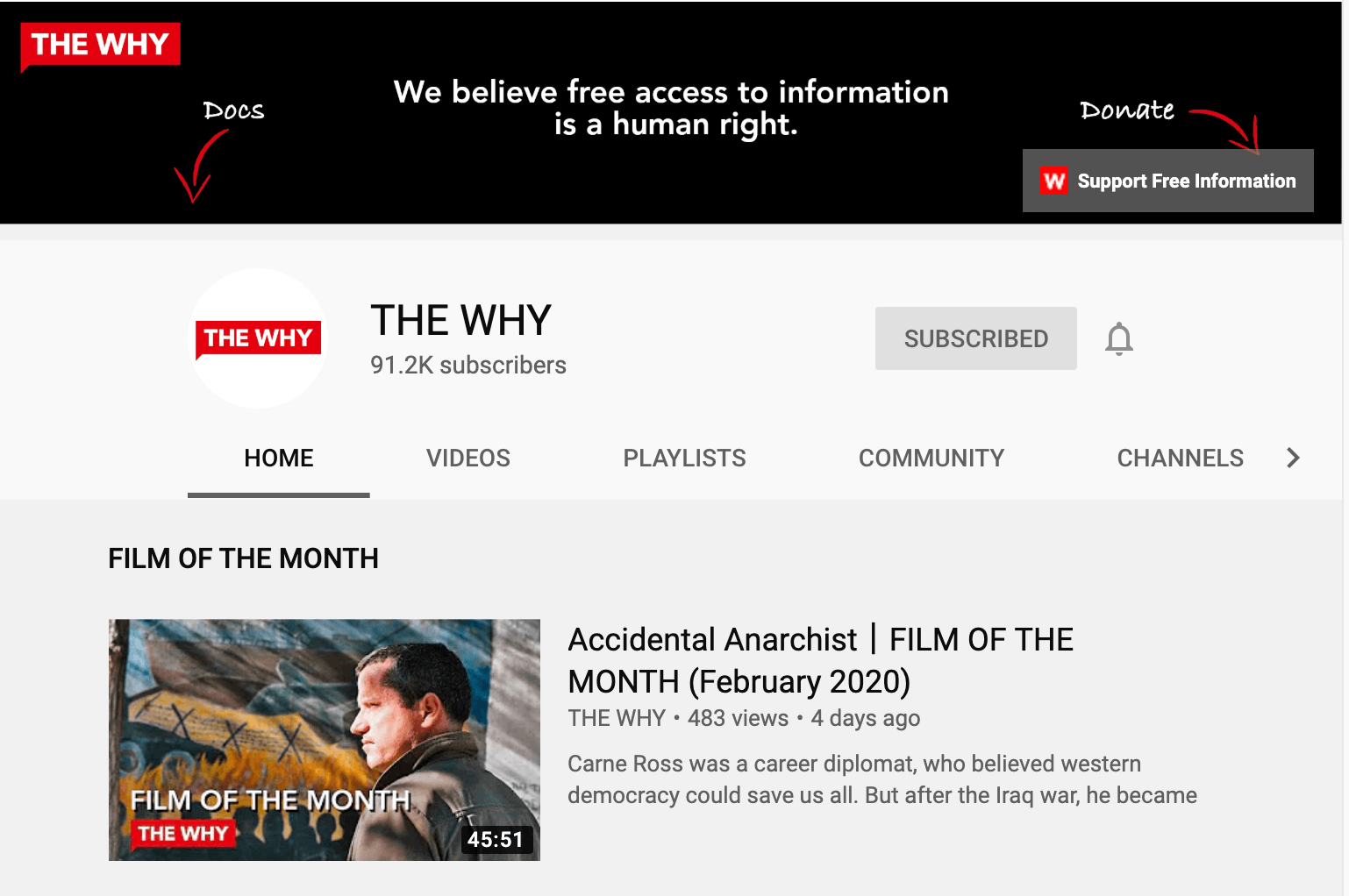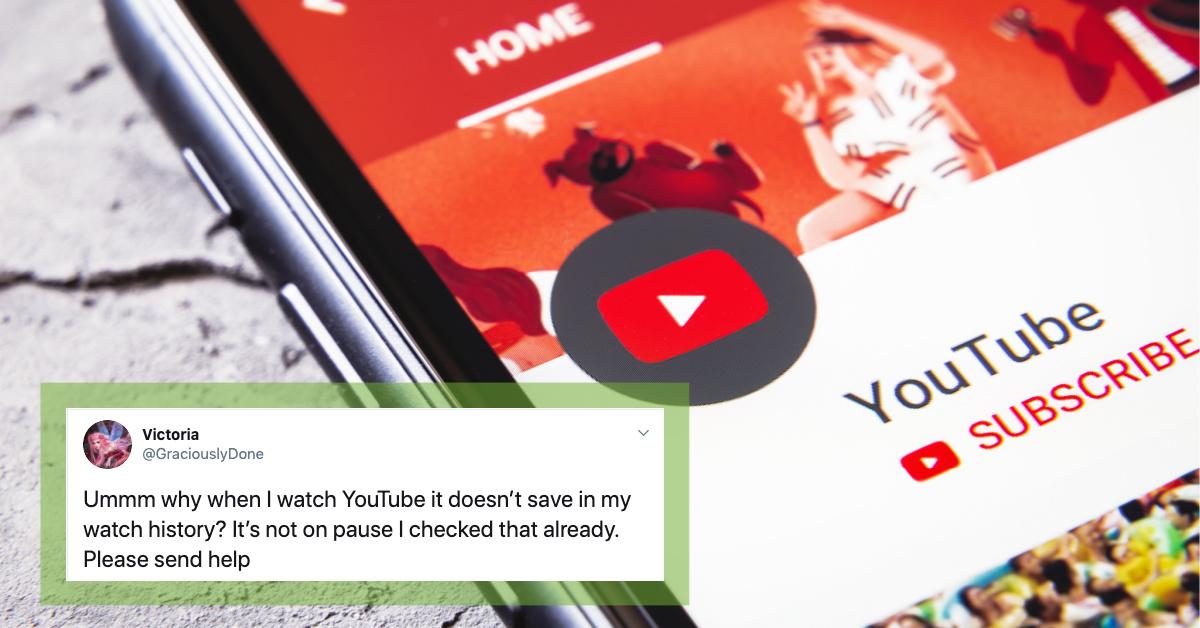YouTube TV has quickly become one of the most popular platforms for streaming television, offering a wide variety of channels and content. However, one notable absence is the History Channel, which has raised eyebrows among subscribers and casual viewers alike. This gap leaves many wondering what it means for the overall viewing experience and whether it impacts the network's audience. Let’s dive into the details of the History Channel and the implications of its absence from YouTube TV.
The History Channel Overview

The History Channel has long positioned itself as a leader in documentaries and historical programming, attracting viewers with engaging content that resonates with history buffs and casual viewers. Launched in 1995, the channel has evolved from its initial focus on traditional history programming to a broader array of shows that include reality series, historical dramatizations, and investigative pieces.
Here are some key features of the History Channel:
- Diverse Programming: The channel covers various subjects ranging from ancient civilizations to modern military history, ensuring there's something for everyone.
- Popular Shows: Some of the most popular programs include "Pawn Stars," "Ancient Aliens," and "Vikings," all of which have garnered significant fan bases.
- Documentaries and Specials: The channel is renowned for its in-depth documentaries and historical specials, often featuring expert analysis and rich storytelling.
- Engaging Hosts: The channel is known for its charismatic hosts, who bring an informative yet entertaining touch to the content.
The History Channel appeals not only to ardent history enthusiasts but also to general audiences interested in storytelling and knowledge expansion. The absence of such a venerable entity raises concern about the breadth of content available on YouTube TV and what that means for those who cherish learning about the past through captivating storytelling.
YouTube TV's Channel Selection

YouTube TV has made quite the splash in the world of streaming services, offering a robust collection of channels. With over 85 channels available, it caters to a broad audience, from sports fans and news junkies to those who enjoy lifestyle and entertainment programming. But let’s not forget that *channel selection is a key factor for many viewers. Here’s a deeper dive into what YouTube TV offers:
- Variety of Genres: Whether you’re into sports, news, or movie channels, YouTube TV covers all bases. You’ll find famous networks like CNN, ESPN, and HBO among others.
- Local Channels: A significant advantage is its inclusion of local broadcasting channels, which makes it possible to catch your favorite local news and events.
- Cloud DVR Service: One of the perks of YouTube TV is its unlimited cloud DVR storage. This means you can record shows and movies to your heart’s content without worrying about storage space.
- Family-Friendly Options: YouTube TV has channels catering to families, which includes those aimed at children and educational content.
However, despite its extensive channel line-up, some viewers feel a little frustrated when it comes to the absence of specific networks, like the History Channel, which has been a staple for those who love documentaries and historical programming. In the next section, we’ll explore the reasons behind this notable absence.
Reasons for the Absence of the History Channel

The absence of the History Channel from YouTube TV can be attributed to several factors, and each one sheds some light on the ever-evolving nature of streaming agreements and viewer expectations. Let's break it down:
- Licensing Agreements: One of the primary reasons could be related to the licensing agreements. Networks like A+E Networks, which own the History Channel, sometimes enter into exclusive agreements with specific services, meaning they may not be available for licensing to every platform.
- Business Strategy: Companies often have strategic reasons for limiting distribution on certain platforms. YouTube TV could be perceived as a competitor to cable providers, which might make networks hesitant to partner with them fully.
- Content Value: Sometimes, companies evaluate the potential audience and may determine that the costs associated with adding a particular channel aren’t justified. If there's a lower viewer demand for the History Channel among YouTube TV users, that could influence decisions.
- Shifting Viewer Preferences: With the rise of on-demand content, many networks focus on creating exclusive digital content rather than relying solely on traditional cable partnerships.
As consumers, it’s essential to understand these dynamics. The absence of the History Channel may feel disappointing for fans, but it highlights broader trends in how streaming platforms and content providers are navigating the evolving media landscape.
Impact of Missing Channels on Subscribers
When it comes to streaming services like YouTube TV, every channel counts. Missing channels can significantly impact subscriber satisfaction and retention. The absence of popular networks, such as the History Channel, leaves many viewers feeling frustrated and often disappointed with their subscription choices.
Here are a few ways missing channels can affect subscribers:
- Content Variety: Viewers who enjoy documentaries, historical series, and educational programming may find YouTube TV lacking. The History Channel, with its rich array of content, provides a unique viewing experience that can’t easily be replaced.
- Perceived Value: Consumers always evaluate the cost versus benefit of services. If a significant channel like the History Channel is absent, subscribers may feel they’re not getting their money’s worth, leading to potential cancellations.
- Market Competitiveness: With so many streaming options available, the competition is fierce. Services that can’t secure popular channels may lose viewers to other platforms that do offer those channels.
- Viewer Loyalty: Many subscribers have a brand loyalty* to the channels they enjoy. If they can't access the History Channel through YouTube TV, they might look for alternatives, harming YouTube TV's subscriber base.
In summary, the absence of key channels like the History Channel can significantly impact YouTube TV subscribers, making it crucial for the platform to either negotiate to include such channels or risk losing a segment of its viewing audience.
Alternatives to YouTube TV for History Channel Fans
If you’re a fan of the History Channel and find yourself disengaged from YouTube TV due to its absence, don't worry! There are several alternatives you can explore. Each option offers unique features and capabilities to keep you entertained, particularly with history-related programming.
Here’s a look at the best alternatives:
| Alternative Service | Monthly Cost | Key Features |
|---|---|---|
| Hulu + Live TV | $70.99 | Includes live TV, on-demand content, and a vast library of past History Channel programming. |
| Philo | $25 | Budget-friendly option with History Channel and a decent assortment of other entertainment channels. |
| Sling TV | Starting at $40 | Offers flexible packages that can include the History Channel; great for customization. |
| DirecTV Stream | Starting at $69.99 | Comprehensive channel list including the History Channel, suitable for traditional TV viewers. |
Each of these alternatives presents a viable option for History Channel enthusiasts. Depending on your viewing preferences and budget, you can choose the service that fits your needs best. So why remain disengaged? Explore these alternatives and dive back into the fascinating world of history programming!
Why YouTube TV Lacks the History Channel and What It Means for Viewers
YouTube TV has become a popular alternative to traditional cable television by offering a wide range of channels, live sports, and on-demand content. However, one notable absence from its lineup is the History Channel. This missing piece raises several questions about the platform's content strategy and what it means for its subscribers.
The History Channel is known for its compelling documentaries, historical dramas, and educational programs that explore the past. Its absence on YouTube TV could be attributed to various factors:
- Licensing and Contract Negotiations: YouTube TV may not have reached an agreement with the History Channel's parent company regarding distribution rights and fees.
- Target Demographics: YouTube TV may be focusing on channels that align more closely with its younger and tech-savvy audience, while the History Channel traditionally caters to an older demographic.
- Strategic Partnerships: YouTube TV may be prioritizing partnerships with networks that provide exclusive content or live programming that attracts a different viewer base.
For viewers, the lack of the History Channel means missing out on significant programming that covers a broad spectrum of topics related to history, adventure, and ancient civilizations. This can lead to audience disappointment, especially for subscribers who appreciate educational content.
| Pros of YouTube TV | Cons of YouTube TV |
|---|---|
| Affordable monthly subscriptions | Absence of certain niche channels like History Channel |
| Wide variety of on-demand content | Limited regional sports coverage |
| Cloud DVR with unlimited storage | Frequent changes in channel offerings |
In conclusion, the absence of the History Channel on YouTube TV signifies a gap in the educational and historical content offerings that may impact certain viewers' experiences, necessitating a consideration of alternative platforms for those interested in such programming.










